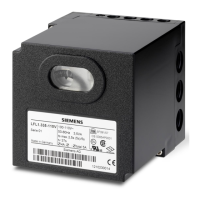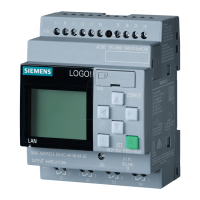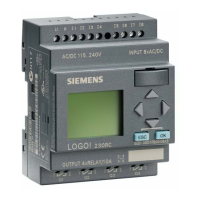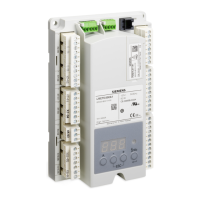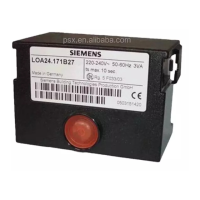3/25
Building Technologies Division CC1N7451en
20.11.2017
Application notes
For use in applications in dual-fuel burners or oil burners, the oil supply must be
equipped with two shutoff valves connected in series.
Observe the following:
EN 298:2012, Section 7.101.3.3 Prepurge time for oil burner control systems and the
corresponding application standards.
Electrical connection of flame detectors
It is important to achieve practically disturbance- and loss-free signal transmission:
Never run the detector cable together with other cables
– Line capacitance reduces the magnitude of the flame signal
– Use a separate cable
Observe the maximum permissible detector cable lengths (refer to «Technical data»)
2 UV detectors QRA2 / QRA4 / QRA10 can be connected in parallel (observe the
warning note)
In connection with the QRA2 / QRA4 / QRA10, earthing of terminal 22 is mandatory
The ionization probe is not protected against electric shock hazard
Locate the ignition electrode and the ionization probe so that the ignition spark
cannot arc over to the ionization probe (risk of electrical overloads) and that the
ignition sparks cannot adversely affect the supervision of ionization
Supervision with both ionization probe and UV detector QRA2 / QRA4 / QRA10 is
possible, but for safety reasons – with the exception of the second safety time «t9»
– only 1 flame detector may be active at a time. At the end of the second safety
time, 1 of the detectors must be inactive, however, that is, the detected flame must
have extinguished, e.g. by switching off the ignition valve via terminal 17
Commissioning notes
When commissioning the plant or when doing maintenance work, make the following
safety checks:
Safety check to be carried out Anticipated response
a) Burner start with flame detector darkened Lockout at the end of «TSA»
b) Burner start with flame detector exposed to
extraneous light
Lockout after no more than 40
seconds
c) Burner operation with simulated loss of
flame; for that purpose, darken the flame
detector in operation and maintain that state
(not possible with ionization)
Lockout
d)
Burner startup with response from air
pressure switch interruption
Start prevention / lockout during
the prepurge time
e)
Burner operation with air pressure failure
simulation
Immediate lockout

